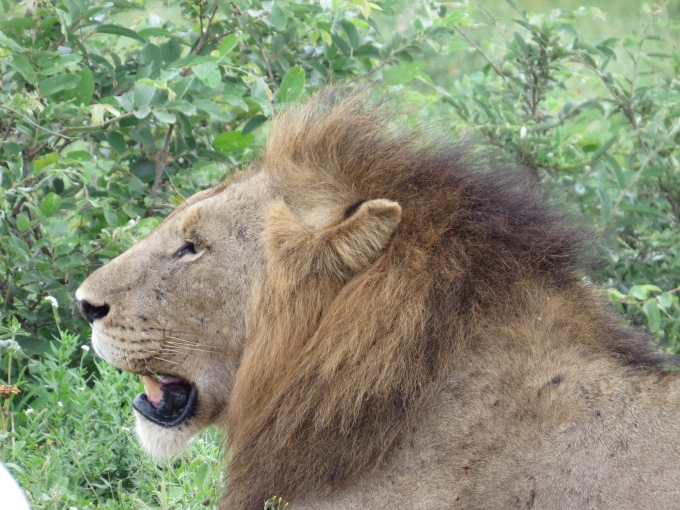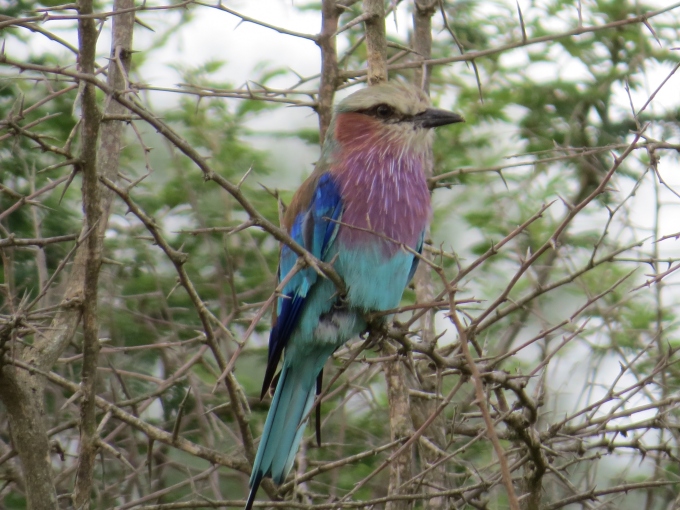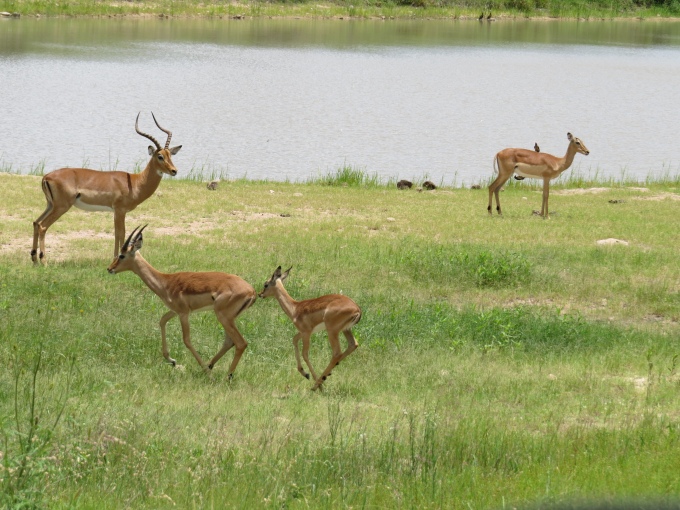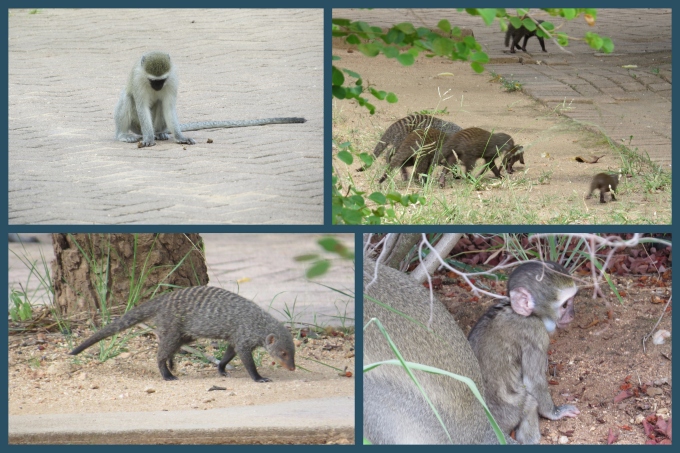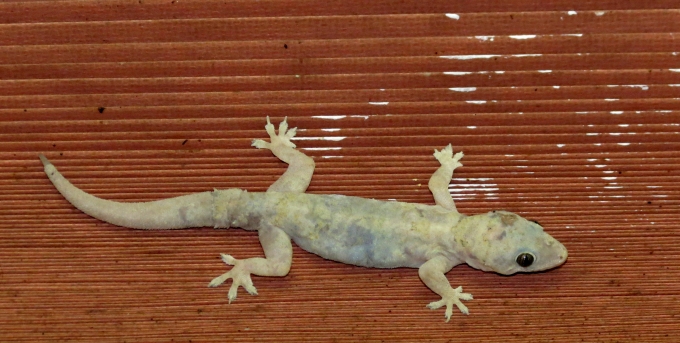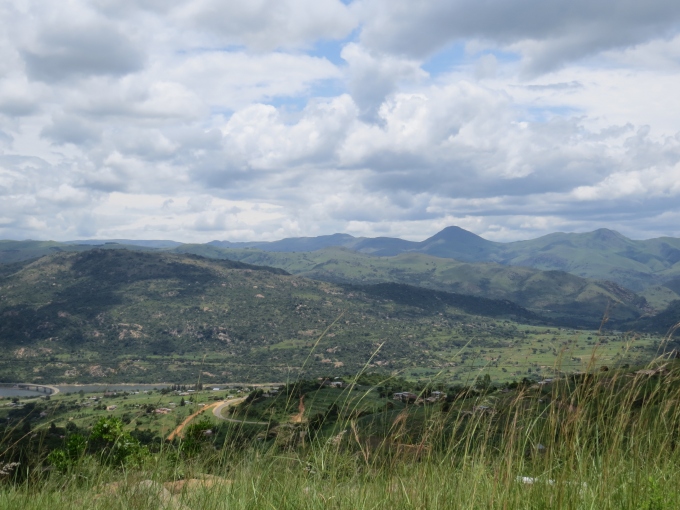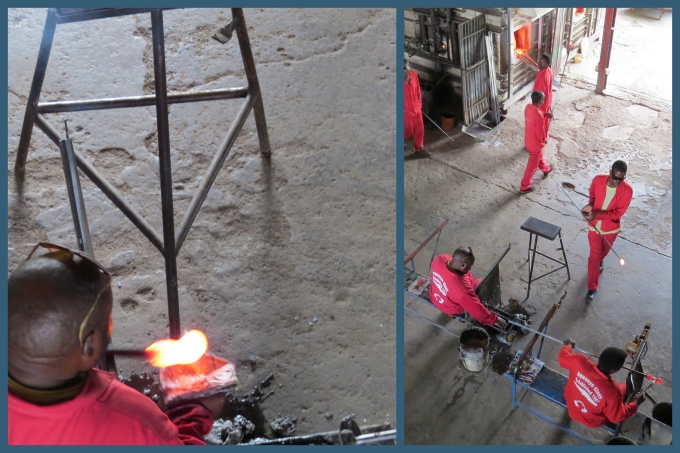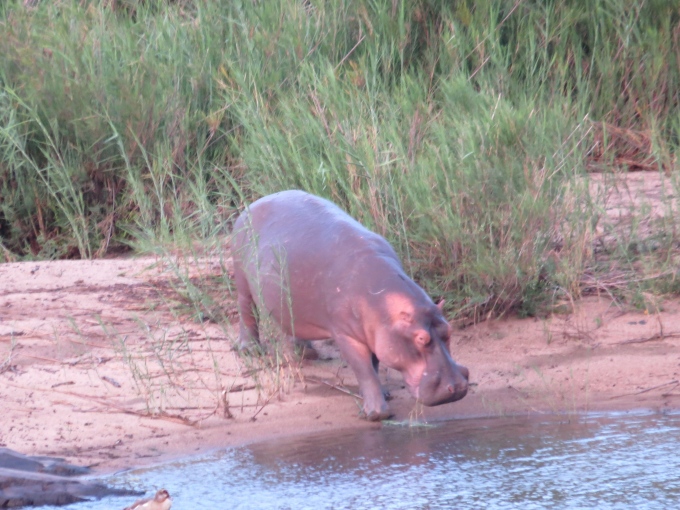Kruger National Park - South Africa's Crown Jewel
/We were up extra early. We were anxious to be on our way and get to Kruger. The park gates open at 0530 in the summer and we only missed it by an hour. (Marcie was dilly-dallying around with last minute internet!) We drove over the cattle guard, saw the welcome sign and proceeded across the Crocodile River on a narrow causeway. We were in Kruger National Park.

We had no sooner paid our fees, bought our park map and decided on a route when a confusion of crazy-looking helmeted guinea fowl crossed our path. (Great collective noun for guinea fowl, huh?) Then a blue wildebeest sauntered into view, grazing as he walked. Then the traffic began.
Just as we had feared … 0730 and already traffic was backed up. Whatever could be the problem so early? We looked ahead as far as we could see, but the road was jammed in both directions. David looked in his side-view mirror. “Objects in mirror may be closer than they appear.” A lioness was beside the car. She walked determinedly up the road a short distance with little regard for the stopped cars, then flopped down, as cats sometimes do, to take a rest.
Up ahead, we saw three more females walking down the middle of the road midst the jammed-up cars. We remained at loggerheads for another 30 minutes while the lions preened and yawned. They finally headed off into the bush, but not before we spotted the male watching the performance from a distance. We weren't complaining about the traffic any longer.
Amazing, colorful birds flitted around from bush to bush and tree to tree. We were especially impressed with the lilac-breasted roller. They were abundant and after spotting one, we saw them frequently.
Big and little animals crossed the road before us, throwing caution to the wind. Millipedes (yuck!), leopard tortoises, dung beetles … we even saw a huge land snail sliming his way across the pavement. We were on their turf and despite their size and, in some cases relative disgusting-ness, David did his best to avoid hitting them.
Impalas, perhaps the most common animal in the park, were everywhere. Sometimes they'd spring out of a thicket or be laying in the middle of the road. At times there were fifty or more of them and other times, a buck would be grazing on his own. They were cautious and jumpy. Predators were everywhere.
Gravel roads criss-crossed the park. The going was usually quite slow with ruts and potholes to maneuver and/or avoid. We bumped along at a snail's pace. We might see several animals in an hour and we might see no animals at all for long stretches. The terrain varied as we progressed through the park into bio-diverse ecosystems. Even when there were no animals to view, there was bird life, flowers, trees and scenery to take in. It was never dull. We picnicked along the way at park picnic areas or just along some deserted stretch of road, always mindful that carnivorous animals might not be far away.
A little background on Kruger … Established in 1898 to protect South African wildlife, Kruger became South Africa's first national park in 1926 and is the crown jewel of the South African national park system. The park encompasses nearly five million acres and is a world leader in advanced environmental management techniques and policies. The park is home to an extraordinary and diverse array of flora and fauna species: 336 trees, 49 fish, 34 amphibians, 114 reptiles, 507 birds and 147 mammals.
We ended our day around 5pm, heading to the Skukuza Rest Camp. Skukuza is big with lots of huts, but we found it just fine for in-park accommodations. It was a bit rustic and dated, but the rooms were clean and adequate. There were also a few other perks like a restaurant with outside seating and great views of the river, a lovely gift shop/mini-supermarket and, oh yes, free internet.
We were tuckered out and after a cold beer at the restaurant, we retired to our little hut. Vervet monkeys were chasing banded mongoose all around the grounds and it was a comical sight to behold. After a light supper which we'd brought along with us, we checked the map to make plans for tomorrow's route. We dozed off with the night sounds of wild animals around us.




